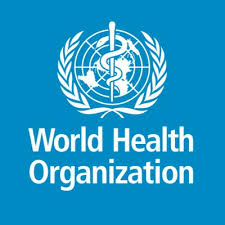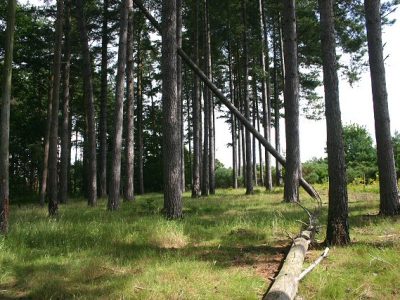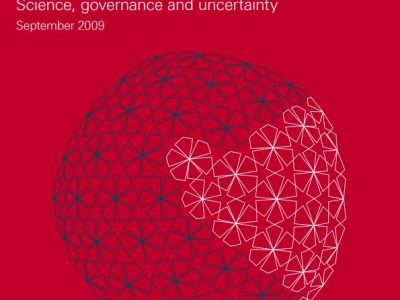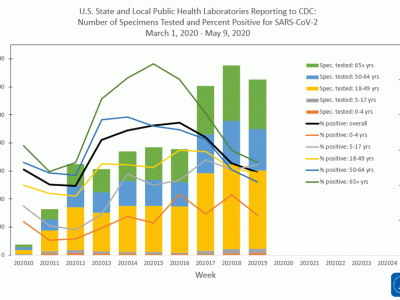Region: International
The “American family” in crisis: Colonialism, COVID-19 risk, and climate vulnerability
The fight for racial justice must include a reckoning with US imperialism.
The recent spotlight on anti-Black violence has awoken many white Americans to an uncomfortable truth: that underneath its rhetoric of equality, the United States is a fundamentally racist country. The disproportionate impact of COVID-19 on U.S. communities of color underscores this fact. The pandemic also reveals a lesser known but equally uncomfortable truth: that underneath …
CONTINUE READINGA New Report on Governing Climate Geoengineering
I suggest steps toward global governance of carbon dioxide removal and solar geoengineering
A new report on the governance of climate geoengineering — that is, carbon dioxide removal (CDR) and solar geoengineering (or solar radiation modification, SRM) — has been released. International Governance Issues on Climate Engineering: Information for Policymakers was coordinated and issued by the International Risk Governance Center, edited by IRGC’s Marie-Valentine Florin, and commissioned by the …
Continue reading “A New Report on Governing Climate Geoengineering”
CONTINUE READING(Still More) Bad News on the Doorstep
New Reports Document Accelerating Wildlife Extinctions, Global Deforestation Trends
While public attention in recent weeks and months has understandably focused on the COVID-19 pandemic and the racial justice shockwaves triggered by George Floyd’s tragic death, another disaster continues apace. This week the New York Times published two alarming stories documenting the accelerating decline of our global environment. The first, entitled “Extinctions Are Accelerating, Threatening …
Continue reading “(Still More) Bad News on the Doorstep”
CONTINUE READINGAnother Casualty of US Withdrawal from the WHO: The Environment
Unbeknownst to many, the WHO does important work on pollution problems.
Withdrawing from international cooperation in the midst of global pandemic is an idea that’s just as bad as it sounds. President Trump’s decision to withdraw from the WOrld Health Organization (WHO) withdrawal will also be harmful in other ways. Notably, a major component of the WHO’s work involves the health impacts of pollution and dangerous …
Continue reading “Another Casualty of US Withdrawal from the WHO: The Environment”
CONTINUE READINGTrees Will *Not* Solve Climate Change
The authors of a controversial, influential paper backtrack — again
Last summer, I pointed to a then-new paper in Science that concluded that planting trees could remove two-thirds of historical anthropogenic carbon dioxide emissions from the atmosphere at very low costs. At the time, I characterized the claims in it and the associated media communications as “misleading, if not false, as well as potentially dangerous.” …
Continue reading “Trees Will *Not* Solve Climate Change”
CONTINUE READINGLeaving Paris (from Rex Tillerson’s Diary)
Here’s how the deal was undone.
Three years ago today, Trump announced that he would withdraw from the Paris Agreement. Rex Tillerson, who was Trump’s Secretary of State about 10,000 tweets ago, was there, behind the scenes, when Trump was making the decision. Here’s what he might have written in his diary:. April 1. Talked with DT today. He said he’d …
Continue reading “Leaving Paris (from Rex Tillerson’s Diary)”
CONTINUE READINGNonstate Actors Could Help Govern Solar Geoengineering
Governments are not acting; maybe others could — and should
Although reductions in greenhouse gas emissions continue to be inadequate to prevent dangerous climate change, solar geoengineering appears able to substantially reduce climate risks. More research, including outdoor experiments, is needed to reduce critical uncertainties. This could pose some environmental risks and — arguably more importantly — will raise diverse social concerns, such as research …
Continue reading “Nonstate Actors Could Help Govern Solar Geoengineering”
CONTINUE READINGCoronavirus Tests and Their Limits
Eyeballing trends in the epidemic? Proceed with caution!
Many of us anxiously scan coronavirus statistics, looking at trends and cross-country comparisons. Warning: We need to be cautious in interpreting those numbers. There’s lots of noise in the data, meaning that it’s not always an accurate measure of what we want to know about the disease. Even death counts are not always reliable — …
Continue reading “Coronavirus Tests and Their Limits”
CONTINUE READINGDay In/Day Out, Our Continuing Troubles
Some things are episodic. Others just go on and on. And on.
You might think a massive disease outbreak or skyrocketing unemployment would make our other troubles come to a halt or at least slow down. But no, not so much. Here are a dozen examples of things that refuse to stop, regardless of the day of the week, the presence of an epidemic, or a collapsing …
Continue reading “Day In/Day Out, Our Continuing Troubles”
CONTINUE READINGWhat’s in a Name?
“Climate change”? “Disruption”? “Crisis”? “Emergency”? Why is this so hard?
We seem to have a lot of trouble in coming up with the right name for what’s happening to the world’s climate. We started with “Global Warming.” But that seemed too narrow, because the changes don’t just relate to temperature, and too innocuous, because warming seems like a gentle process. So scientists shifted to “Climate …
Continue reading “What’s in a Name?”
CONTINUE READING











